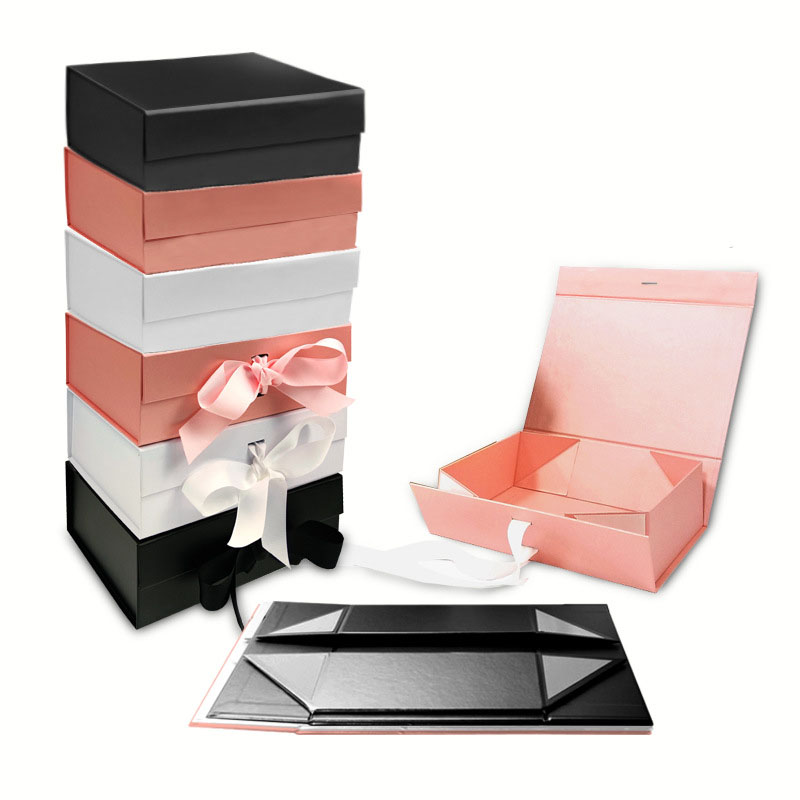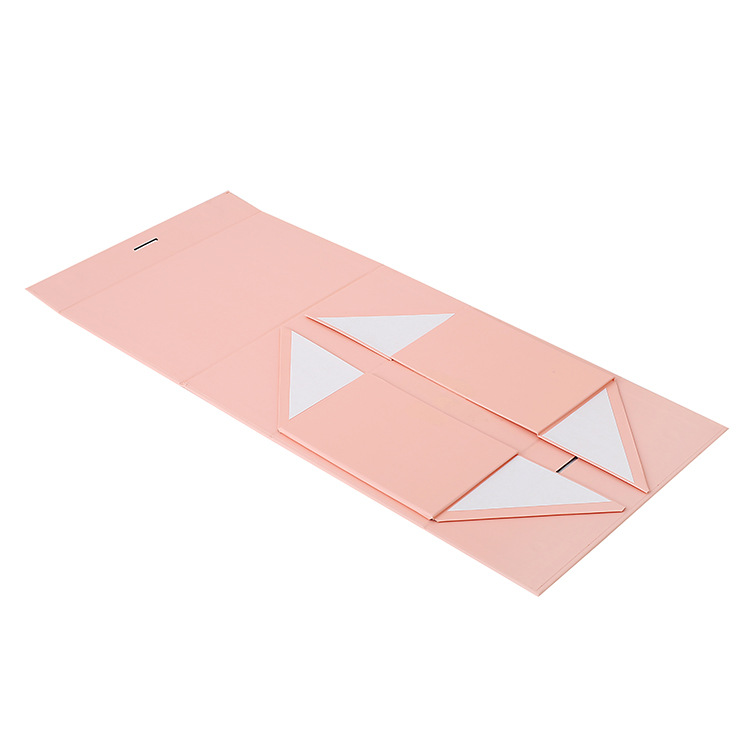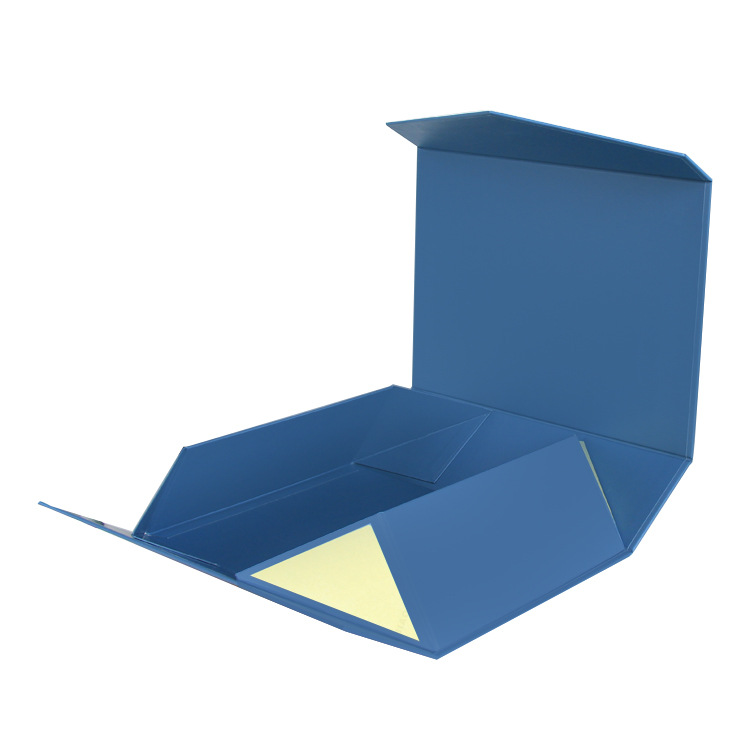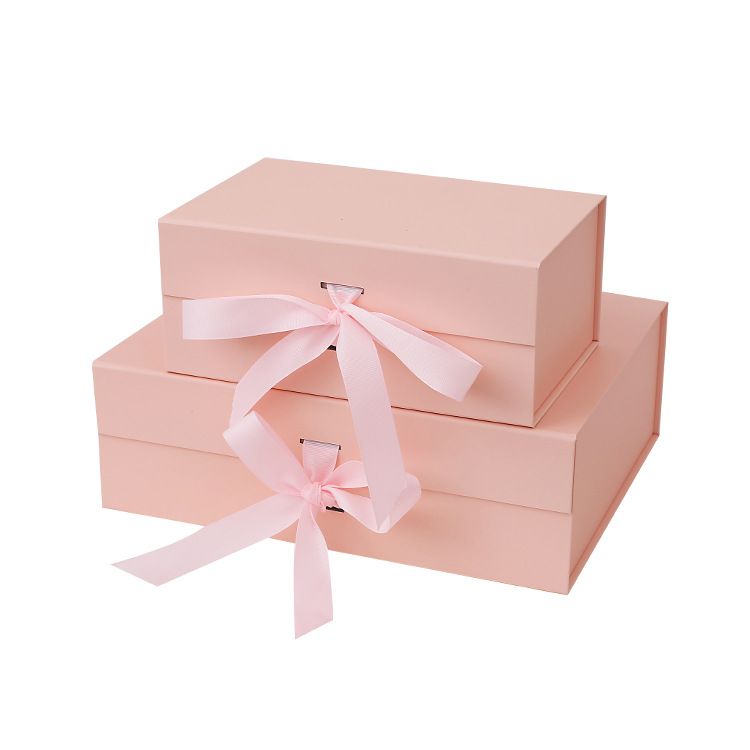How Foldable Color Boxes Tackle the “Cubic Crisis” in Global Logistics
In the context of global supply chain restructuring, foldable color boxes are emerging as “space magicians” in cross-border trade. When Chinese-manufactured boxes make their way across the seas to warehouses in Europe or the U.S., their collapsible design reduces shipping volume by 40%–60%, directly addressing the “cubic crisis” in international logistics. For example, a 40-foot container that traditionally holds only 20,000 rigid boxes can now accommodate over 50,000 foldable ones. This structural innovation not only lowers per-unit ocean freight costs but also avoids air freight dimensional weight surcharges through standardized flat-packed configurations. For overseas buyers who purchase 100,000 boxes monthly, this translates to nearly $200,000 in annual freight savings and a 25% reduction in carbon emissions.
The “Spatial Game” of International Logistics
1. A Loading Revolution in Containers
- Capacity Comparison (40-foot High Cube Container):
- Rigid boxes: 20,000 units (max volume)
- Foldable boxes: 52,000 units (flattened volume is just 38% of rigid boxes)
- Cost Conversion:
- Ocean freight: Rigid box: ¥0.63/unit vs. Foldable box: ¥0.24/unit
- Air freight: Dimensional weight charges (volume/actual weight = 2.3:1) avoided; saves 65% in surcharges
2. Eliminating Hidden Costs
- Optimized Inventory Turnover:
- Storage costs in overseas warehouses reduced by 55%
- Example: 100㎡ warehouse can store 30,000 rigid boxes → now stores 80,000 foldable boxes
- Case: A European e-commerce company tripled peak season stock without increasing storage budget
- Tariff Benefits:
- When declared flat, boxes can be categorized as "paper products" instead of "packaging containers"—a 7% difference in rebate rate
The Economics of Millimeter-Level Folding
1. Full-Cost Chain from Chinese Factory to Overseas Shelf
Cost Model (Based on 100,000 Boxes):
| Link |
Rigid Box Cost |
Foldable Box Cost |
Reduction |
| Domestic transport |
¥8,200 |
¥3,500 |
57% |
| International shipping |
¥63,000 |
¥24,000 |
62% |
| Destination warehousing |
¥12,000 |
¥5,000 |
58% |
| Total |
¥83,200 |
¥32,500 |
61% |
2. Agile Response to Urgent Restocking
- Air Freight Comparison:
- Rigid: Volumetric weight = Actual weight × 2.3 → ¥18.5/kg
- Foldable: Charged by actual weight → ¥7.9/kg
- Real-World Case:
- A U.S. retailer placed a last-minute order of 20,000 gift boxes for Christmas. Foldable design saved ¥214,000 in air freight and improved delivery time by 2 days.
Logistics-Friendly Design Engineering
1. The Three Structural Principles
- Compression Resistance: Reinforced grid structure withstands 8-tier stacking without deformation (compliant with GB/T 4857.4)
- Standardization: Dimensions compatible with EU/US pallets (1200×800mm), boosting loading efficiency by 90%
- Easy Assembly: Pre-folded lines and snap-fit mechanisms enable overseas workers to assemble at 35 units/minute
2. Material Science for Global Adaptability
- Environmental Resistance:
- Moisture: Anti-hydrolysis coating withstands 90% humidity for 7 days without softening
- Cold: Endures -25℃ cold storage and 20 folds without breakage
- Green Compliance:
- FSC-certified paper exempt from EU REACH inspections
- Soy ink printing approved for food contact by the FDA
Spatial Efficiency and Circular Value of Foldable Boxes
1. A Revolution in Warehouse Management
- Maximizing Vertical Space:
- Folded boxes can be stacked up to 3.5 meters (vs. 1.2m for rigid boxes), reducing unit storage cost by 62%
- Case: A Middle Eastern e-commerce company quadrupled inventory volume in Dubai warehouse using vertical storage
- Buffering for Seasonal Products:
- Halloween-themed boxes stored flat for 8 months with no deformation, reducing off-season storage waste
2. Creating Secondary Value at the Consumer End
- ► Functional Reuse Design
| Original Function |
Reuse Scenario |
Brand Exposure Boost |
| Electronics box |
Desktop organizer (with dividers) |
+2.1 daily brand impressions |
| Wine gift box |
Bookshelf/plant stand (15kg load) |
+35% social media exposure |
| Apparel box |
Shoe box (with moisture-proof insert) |
+50% repeat purchase prompts |
- Data Insight:
- 62% of consumers retain reusable packaging (2023 Global Packaging Survey)
- Reusable design led to a 28% increase in brand searches (Google Trends)
- ► Sustainability Conversion
- Carbon Offset Model:
- Each reused box reduces 230g of CO₂ → 100,000 users = 23 tons CO₂ saved annually
- Case: A brand launched a “Packaging Renewal Program” offering reward points for box returns, with 41% user participation
Decision-Making Tools for International Buyers
1. Cost Estimation Tool
- Formula:
- Actual savings = (Original volume – Folded volume) × Freight rate + Tariff refund + Warehouse rental difference
- Online Calculator:
- Input destination/quantity/mode of transport → auto-generate cost-benefit report
2. Risk Management Guide
- Four-Step Quality Validation:
- ① Simulated shipping vibration test (ASTM D4169)
- ② Thermal cycle test (-30℃ to 50℃)
- ③ Humidity load-bearing test (70kg/㎡ for 48h)
- ④ Folding fatigue test (50 open-close cycles, integrity maintained)
3. The Value Path of Sustainable Packaging
- Eco-Premium Opportunities:
- Recycled pulp boxes qualify for Walmart ESG subsidies
- Carbon-neutral packaging listed under Amazon Climate Pledge Friendly
- Data Insight:
- Eco-certified packaging allows for 8%–15% product premium
Conclusion
The logistics value of foldable color boxes in international trade lies in their precise balance between spatial efficiency and cost control. Their compressibility overcomes physical limits in cross-border transportation, shifting procurement decisions from volumetric constraints to more flexible commercial strategies. This innovation manifests not just in changes to freight bills, but in a transformation of global sourcing models—enabling buyers to scale up orders without compromising inventory turnover. As packaging becomes a key lever in supply chain optimization, the global competitiveness of Chinese manufacturing is being quietly elevated—fold by fold.





 We like to do design according to all the customers' requirements, or offer them our new designs. With strong OEM/ODM capabilities, we can fill your sourcing demands.
We like to do design according to all the customers' requirements, or offer them our new designs. With strong OEM/ODM capabilities, we can fill your sourcing demands.